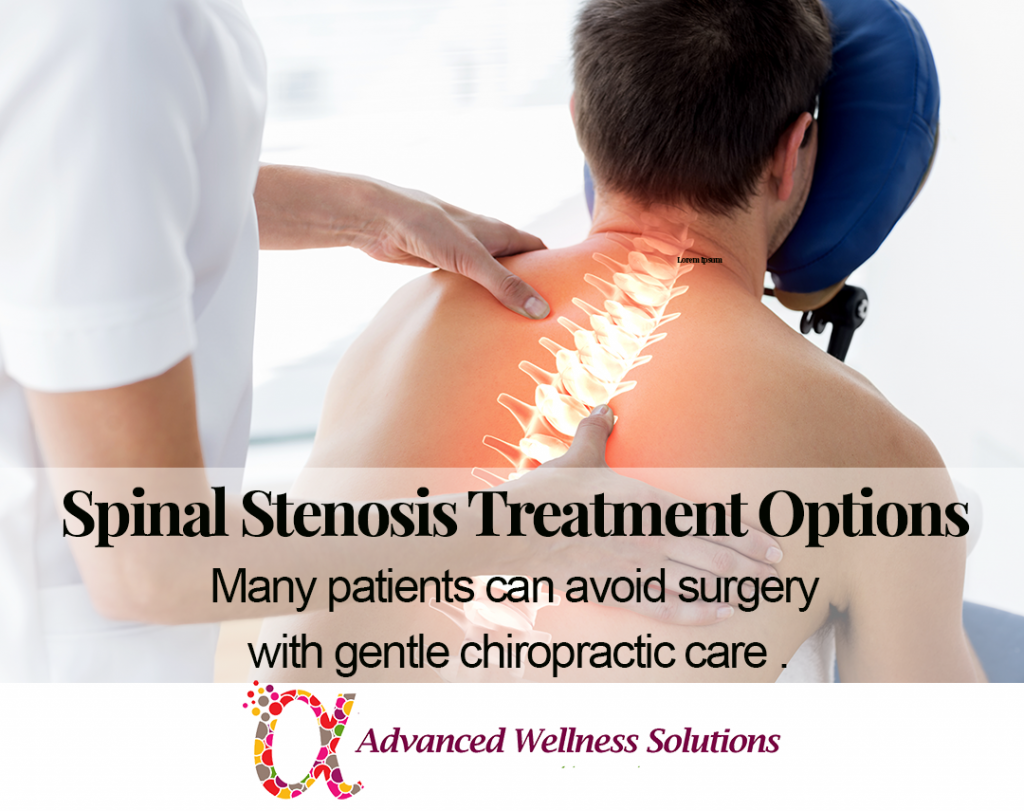Discomfort is a complex and often crippling experience that impacts millions of people worldwide. It can appear in various forms, from acute pain after an injury to chronic pain that persists for months or even years. Grasping pain and its root mechanisms is vital for effective management and relief. This is where pain management programs and treatments come into play, presenting a comprehensive approach to enhancing well-being for those suffering from persistent discomfort.
In this article, we will explore the different kinds of pain and how they can be managed, the distinctions between acute and chronic pain, and the range of therapies available. From physical therapy and chiropractic care to cutting-edge treatments like acupuncture and regenerative medicine, we will delve into the science behind pain and how various interventions can help individuals recover their lives. Additionally, we will address the importance of mental health in pain management, the impact of lifestyle and dietary choices, and the emerging options for pain relief that exclude traditional medications. Whether official website seeking solutions for arthritis, migraines, or lower back pain, this guide will offer valuable insights into the many ways to cope with and alleviate pain.
Grasping Discomfort Control
Discomfort control is a collaborative approach to treating discomfort through multiple therapies and approaches. It intends not only to diminish the severity of discomfort but also to enhance the overall quality of life for individuals suffering from acute or persistent issues. Effective pain management involves understanding the essence of discomfort, acknowledging its effect on everyday living, and employing diverse strategies tailored to each individual’s requirements.
There are various types of discomfort, which can be broadly grouped into short-term and chronic pain. Acute pain typically occurs from trauma or operation and is usually temporary, subsiding as the body heals. Conversely, chronic pain continues for months or even an extended duration, often requiring continuous care. Understanding these differences is essential, as the care methods may differ significantly based on the underlying condition, the length of pain, and the patient's overall health.
Pain management clinics hold a important role in providing supportive care through a blend of medical treatments, physical therapies, and psychological support. These clinics are prepared to treat pain from a integrated perspective, combining various methods such as drugs, physical therapy, and alternative treatments to achieve best discomfort alleviation. By tackling pain management comprehensively, these clinics seek to empower patients to reclaim their existence and boost their ability to engage in everyday tasks without the burden of chronic pain .
Therapeutic Strategies to Pain Relief
Medical approaches to pain management encompass a variety of therapies designed to address both the physical and emotional aspects of pain. One notable method is physical care, which aims to build muscles, boost range of motion, and advance overall physical function. Through tailored workouts and techniques, physical therapists help individuals build resilience against discomfort, particularly in conditions like persistent back pain or osteoarthritis. This practical method not only facilitates healing but also empowers individuals with tools to manage their pain in daily life.
Another valuable strategy is chiropractors' care, which focuses on the bone and muscle system and its impact in discomfort. Chiropractic practitioners utilize manual adjustments and adjustments to alleviate discomfort, restore joint mobility, and boost overall body function. Many patients report substantial pain relief and enhanced function after chiropractors' interventions, often finding this technique particularly effective for issues like sciatica and stress headaches. Additionally, chiropractors often integrate wellness recommendations and workout suggestions, ensuring a more well-rounded strategy to pain relief.
Alongside these physiotherapeutic methods, alternative treatments like dry needling offer distinct advantages for alleviating pain. This traditional Chinese medicine technique involves inserting thin needles at specific points on the body to engage the energy pathways and encourage natural healing. Research have shown that acupuncture can effectively alleviate discomfort from conditions such as chronic headaches, muscle pain, and knee osteoarthritis. By integrating these pain management strategies, individuals looking for pain relief can design a comprehensive approach that targets not only the signals but also the fundamental causes of their discomfort.
Lifestyle and Holistic Methods for Pain Management
Combining lifestyle changes and holistic approaches into pain control can significantly improve the living quality for those experiencing chronic pain. Key lifestyle modifications include consistent physical activity, maintaining a healthy weight, and encouraging good sleep hygiene. Engaging in low-impact exercises such as walking, swimming, or cycling can lessen stiffness and enhance mobility. Moreover, prioritizing rejuvenating sleep is vital, as inadequate rest can intensify pain sensations and weaken overall well-being.
Holistic therapies such as mindfulness, meditation, and yoga also are important in managing pain. Mindfulness practices help patients gain awareness of their body and mind, enabling them to manage pain. Techniques such as guided imagery or deep breathing can facilitate relaxation, thus alleviating pain symptoms. Yoga, with its mix of physical postures, breathing exercises, and meditation, has been demonstrated to increase flexibility, alleviate muscle tension, and boost mental resilience against pain.

Dietary changes can further aid pain relief through inflammation-reducing foods. Incorporating fruits, vegetables, nuts, seeds, and healthy fats can diminish inflammation and enhance joint health. Steering clear of processed foods, excessive sugars, and trans fats may also contribute in controlling pain levels. Overall, a comprehensive approach that includes these lifestyle and holistic methods can allow individuals to gain control over their pain and improve their daily functioning.
